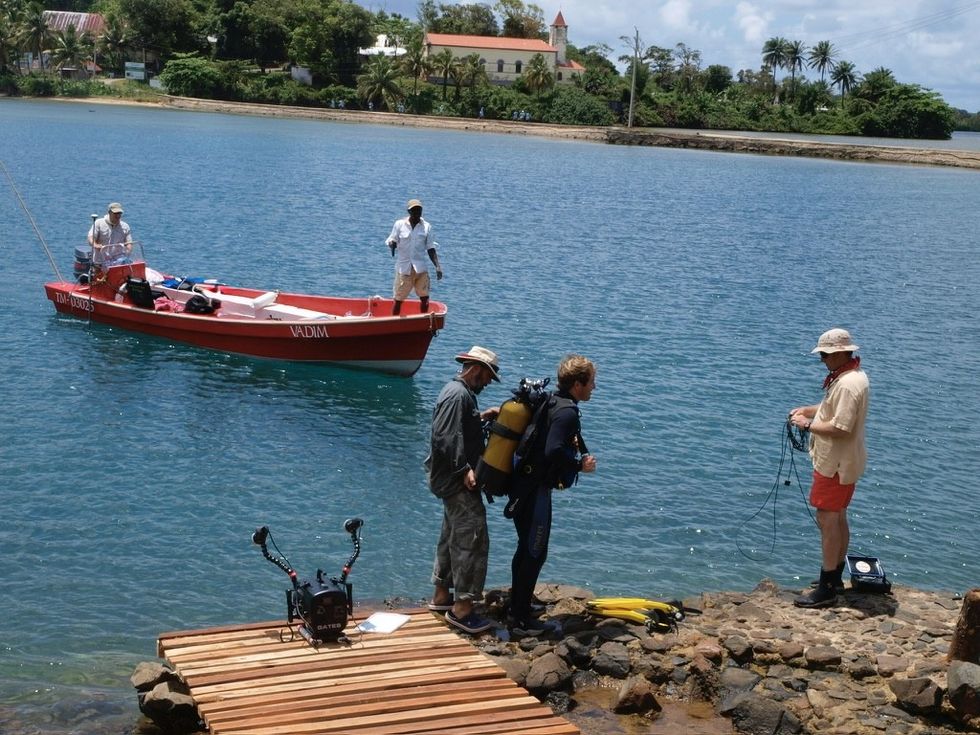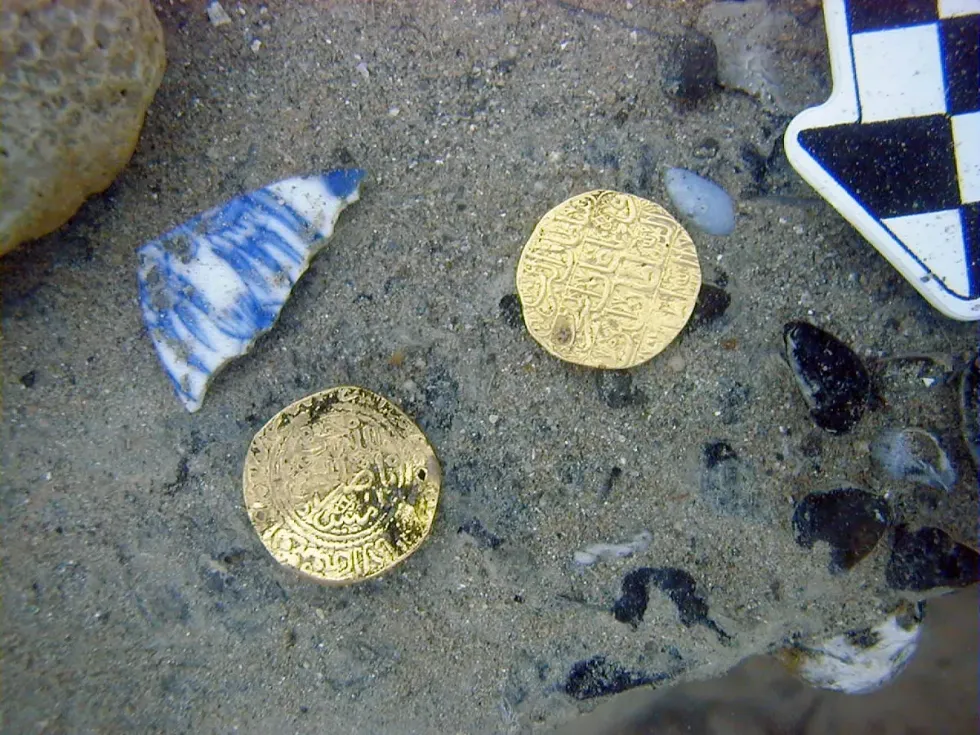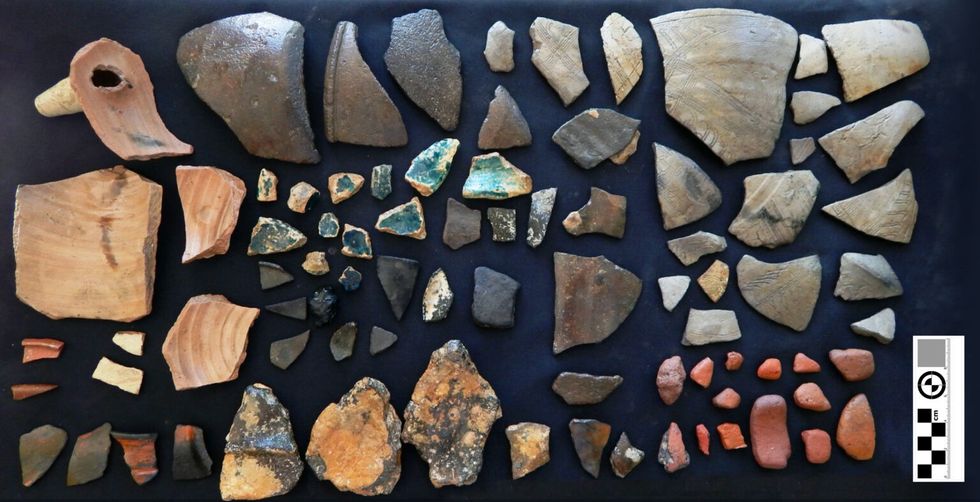Sunken 300-year-old ship carrying 'eyewatering treasure' before being plundered by pirates discovered

The vessel rests on the seabed off Madagascar
Don't Miss
Most Read
Marine archaeologists have identified what they believe to be a Portuguese treasure ship seized by pirates more than three centuries ago.
The wreck, investigated for 16 years by American researchers from the Center for Historic Shipwreck Preservation, is thought to be the Nossa Senhora do Cabo, which was captured in 1721 whilst carrying cargo from India.
The vessel was attacked by a group of pirate ships, including one commanded by the notorious Captain Olivier "The Buzzard" Levasseur, during what historians refer to as the Golden Age of Piracy.
The ship now lies submerged in a small harbour on Nosy Boraha island, off Madagascar's northeast coast, an area once known as Île Sainte-Marie.

Marine archaeologists have identified what they believe to be a Portuguese treasure ship seized by pirates more than three centuries ago
|Centre for Historic Shipwreck Preservation
Historical records show the Nossa Senhora do Cabo departed Goa in early 1721 bound for Lisbon, carrying both the outgoing Portuguese viceroy and the Archbishop of Goa.
The vessel was attacked on April 8, 1721, near the French island of La Réunion in the Indian Ocean.
Having already sustained storm damage and jettisoned most of its cannons to remain afloat, the ship offered minimal resistance to the pirates.
The captured cargo included gold ingots and chests filled with pearls.
LATEST DEVELOPMENTS:

The captured cargo included gold ingots and chests filled with pearls
|Centre for Historic Shipwreck Preservation
Clifford and Agostini described the haul as "an eyewatering treasure, even by pirate standards".
They estimated the cargo alone could be worth more than £108million in today's currency.
Whilst the viceroy was later ransomed, the fate of the archbishop remains unknown.
Records indicate approximately 200 enslaved people from Mozambique were aboard, though their fate is also unrecorded.

Researchers believe these religious artefacts were manufactured in Goa
| Centre for Historic Shipwreck PreservationThe identification is "supported by multiple lines of evidence," according to Brandon Clifford, the centre's co-founder and director, including analysis of the ship's structure, historical records and recovered artefacts.
Amongst the discoveries are devotional figurines and objects crafted from wood and ivory, including a representation of the Virgin Mary, part of a crucifix, and an ivory plaque with gold lettering reading "INRI".
Researchers believe these religious artefacts were manufactured in Goa, then the centre of Portugal's Indian colony, and were being transported to Lisbon.
Mark Agostini, an archaeologist at Brown University, reported that more than 3,300 artefacts have been recovered from the wreck, though overlying silt and sand have complicated further excavations.











